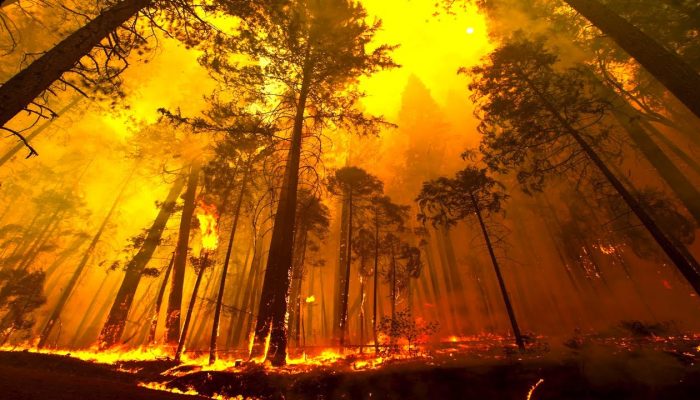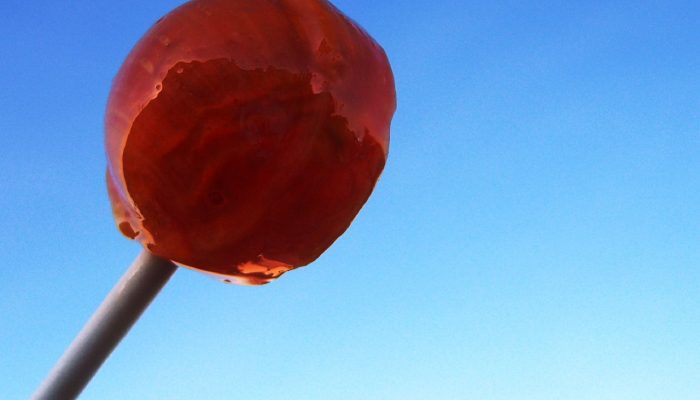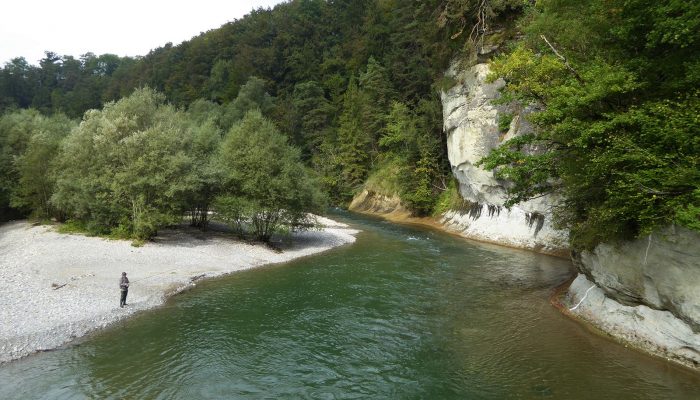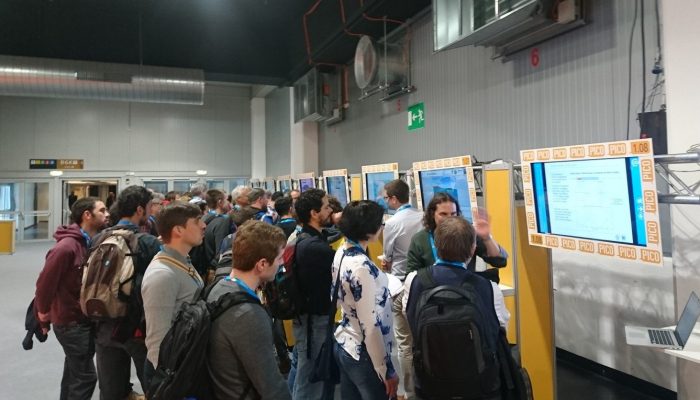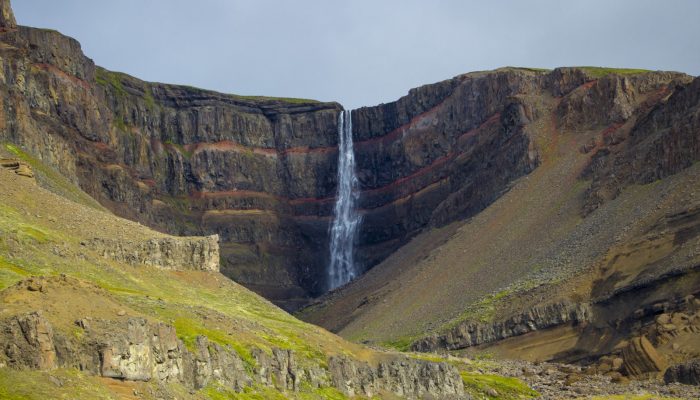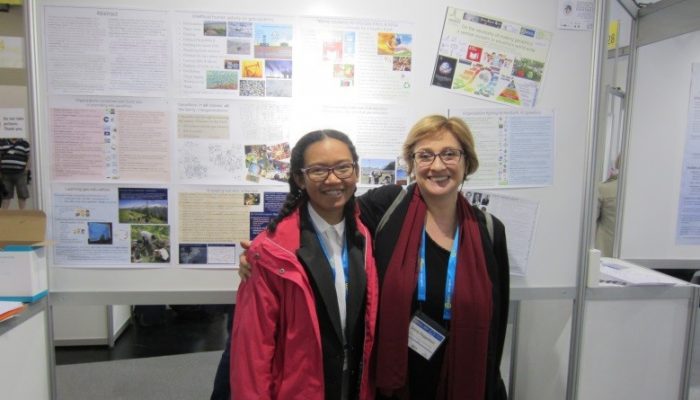Drawing inspiration from popular stories on our social media channels, as well as unique and quirky research news, this monthly column aims to bring you the best of the Earth and planetary sciences from around the web. Major Story In the last couple of weeks of May, the news world was abuzz with the possibility of Donald Trump withdrawing from the Paris Agreement. Though the announcement actually ...[Read More]
GeoLog
Imaggeo on Mondays: Natural Bridges Monument, Utah, USA
Slowly but surely, the force of water has carved out a beautiful landscape in the sandstones of the Colorado Plateau. Suspended over canyons, naturally formed bridges and arches are the starts of Utah’s first national monument. The geological and modern history of the region is rich as Kimberly Galvez, a student of the University of Miami, describes below. This image shows an overview of a ...[Read More]
WaterUnderground
Fire and groundwater
Post by Andy Baker, University of New South Wales The effects of fire on the surface environment are clear to see. Landscapes are coated in ash. Intense fires can destroy all vegetation and alter soil properties. Less intense fires destroy just the surface leaf litter, grasses and shrubs. Grass fires can be fast moving, destroying buildings and threatening lives. Intense fires can even form their ...[Read More]
Atmospheric Sciences
What? Ice lollies falling from the sky?
You have more than probably eaten many lollipops as a kid (and you might still enjoy them. The good thing is that you do not necessarily need to go to the candy shop to get them but you can simply wait for them to fall from the sky and eat them for free. Disclaimer: this kind of lollies might be slightly different from what you expect… Are lollies really falling from the sky? Eight years ago ...[Read More]
GeoLog
Artificial floods: Restoring the ecological integrity of rivers
“You can never step into the same river, for new waters are always flowing on to you.” —Heraclitus of Ephesus Rushing rivers, with their unremitting twists and turns and continuous renewal, are often used as a metaphor for life, but the analogy is just as appropriate for scientific research, I reflected as I walked along the banks of a sparkling, turquoise-blue river in the heart of th ...[Read More]
Tectonics and Structural Geology
Teaching in the 21st century – a PICO session
With the progress in the digital world there are more and more e-tools available for research and teaching. What are smart ways to make use of new techniques in teaching? For inspiration and learning, Hans de Bresser, Janos Urai and Neil Mancktelow convened a PICO session at the EGU 2017 General Assembly to showcase present-day e-learning opportunities to improve the efficiency and quality of teac ...[Read More]
GeoLog
Imaggeo on Mondays: A lava layer cake
Brekkuselslækur, a small river, carves its way across Iceland’s ancient volcanic landscape. At Hengifoss, Iceland’s third-highest waterfall, it tumbles fiercely down thick, dark layers of lavas erupted from volcanoes some 18 to 2.58 million years ago, during a period of geological time known as the Tertiary. Eruptions are rarely continuous; during hiatuses in the extrusion of lavas, ash is able to ...[Read More]
GeoLog
Meet the EGU’s new Science Policy Officer
Hi there, my name is Chloe and I’m embarking on a new challenge. After participating in the EGU’s 2017 General Assembly 3 weeks ago as a warmup, I am starting in Munich as the EGU’s Policy Officer. While the title might sound a little ambiguous, it is an incredibly exciting position that allows me to facilitate the dissemination of the EGU members’ scientific knowledge to EU policy-makers while si ...[Read More]
GeoLog
A young person’s journey through the largest geoscience conference in Europe
Today we welcome, potentially one of the youngest participants of this year’s General Assembly, Pimnutcha Promduangsri: a 17-year-old science baccalaureate student at Auguste Renoir high school in Cagnes-sur-mer, France, as our guest blogger. With a deep interest in the environment and taking care of the environment, Pimnutcha was a keen participant at the conference and gave an oral presentation ...[Read More]
Geomorphology
Stormy Geomorphology
– written by James Tempest (University of Cambridge), Larissa A. Naylor (University of Glasgow), Tom Spencer and Iris Möller (University of Cambridge) – Extreme storm and flood events are occurring with increasing frequency and intensity across the globe causing significant geomorphic change throughout many landscapes often with detrimental impacts on local populations. In 2014 an int ...[Read More]



